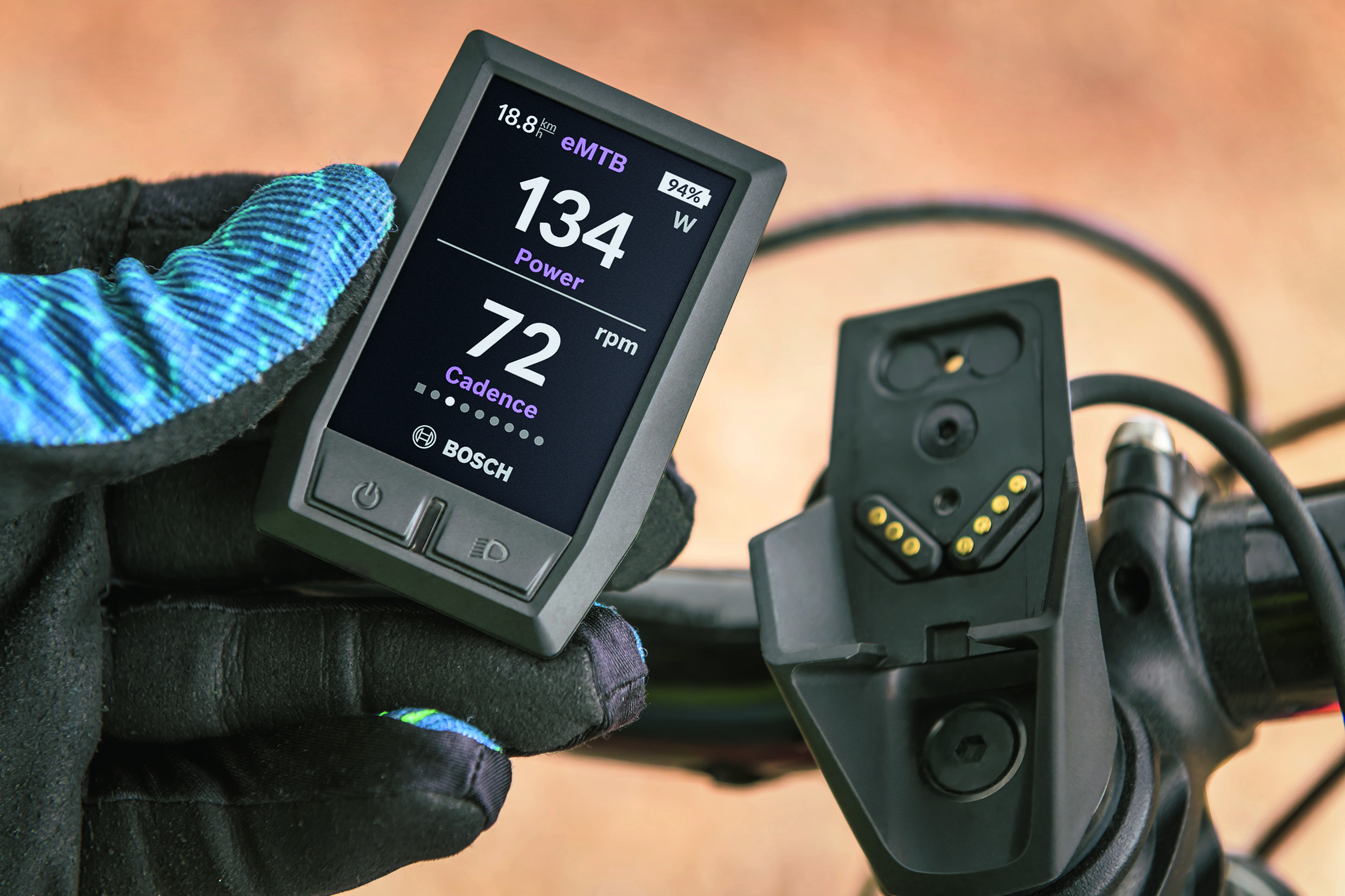Difference between electric bike and pedal cycle exercise often negligible, says study
Another blow has been dealt to those branding electric bike riders as “cheaters” with a further study concluding similar levels of exercise are typically had by users.

This one’s a bit of a mouthful; Titled – “Physical activity of electric bicycle users compared to conventional bicycle users and non-cyclists: Insights based on health and transport data from an online survey in seven European cities” – the study follows earlier bodies of research that confirm the findings:
From October 2017, by the Colorado Boulder University.
From February 2018, Norwegian study confirms riders exert 95% of the time
Within the latest findings researchers discovered “e-Bike use leads to substantial increases in physical activity in e-Bikers switching from private motorized vehicle and public transport, while net losses in physical activity in e-Bikers switching from cycling were much less due to increases in overall travel distance.”
Data was drawn from the well known and widely-used PASTA project was used, with over 10,000 Europeans participating in the pool. The EU-Funded PASTA (Physical Activity through Sustainable Transport Approaches) policy handbook makes strong recommendations for cities to adopt active travel habit. The study’s demographic tended to be older with high car access.
Dipping into the study’s findings, researchers found that “Physical activity levels, measured in Metabolic Equivalent Task minutes per week (MET min/wk), were similar among e-Bikers and cyclists (4463 vs. 4085 – 10% difference).

Pedal assisted riders reported significantly longer trip distances for both e-Bike (9.4 km) and bicycle trips (8.4 km) compared to cyclists for bicycle trips (4.8 km), as well as longer daily travel distances for e-Bike than cyclists for bicycle (8.0 vs. 5.3 km per person, per day, respectively).

Furthermore, electric bike riders, in addition to 800 MET minutes per week from e-biking, reported a substantial amount of cycling (471 MET min/wk). Cyclists on the other hand “only” reported about 1000MET min/wk. from cycling.
Travel-related activities of e-bikers who switched from cycling decreased by around 200 MET min/wk., while those switching from private motorized vehicle and public transport gained around 550 and 800 MET min/wk., respectively.
In simple terms, that illustrates the potential for change in transport habits, particularly when people step out of cars onto electric bikes. In Denmark, for example, the average user changing from car to electric bike reduced driving by 49% and overall transit by 48%. Meanwhile, in the UK, 36% reduced their public transit use and around half reduced car use in favour of pedal-assisted cycling.
When asked their main motivations for buying into electric bikes, many had done so on the assumption that it would be “less effort”, while around a quarter did so with the intention to travel longer distances. Only a tenth had health considerations in mind.
If, by the time they’ve got used to the bike, users feel as though the “less effort” assumption rings true the findings show that the net result is more cycling.

Covering more ground
In its conclusion the authors write: “These findings counter the often-raised concern that e-biking may result in a substantial reduction of physically activity for traveling due to the electric assist of e-bikes, which reduces the required physical effort. As this study shows, average trip distance of e-bike and bicycle trips among e-bikers is significantly higher than bicycle trips among cyclists. Equally, e-bikers’ daily travel distance by e-bike was also significantly longer than daily cycling distance in cyclists (see Table 2), which confirms reviewed literature. This suggests that e-bikers may compensate, at least in part, the lower effort per kilometre of e-biking by traveling longer distances.
“Against general concern that e-bikes mainly replace more intense, and therefore healthier travel by conventional bicycle, the presented data showed a fairly even split of e-bikers substituting car, public transport and cycling trips, which is consistent with reviewed literature. This implies that e-biking is not only a viable option for healthy transport, but also broadens sustainable transport options offering a competitive alternative for urban motorized modes.”
A footnote recommends that city planners consider research such as this and extend cycling infrastructure in and around the city to accommodate new transport habits; and indeed the mileage rise that electric bike riders are willing to endure.



